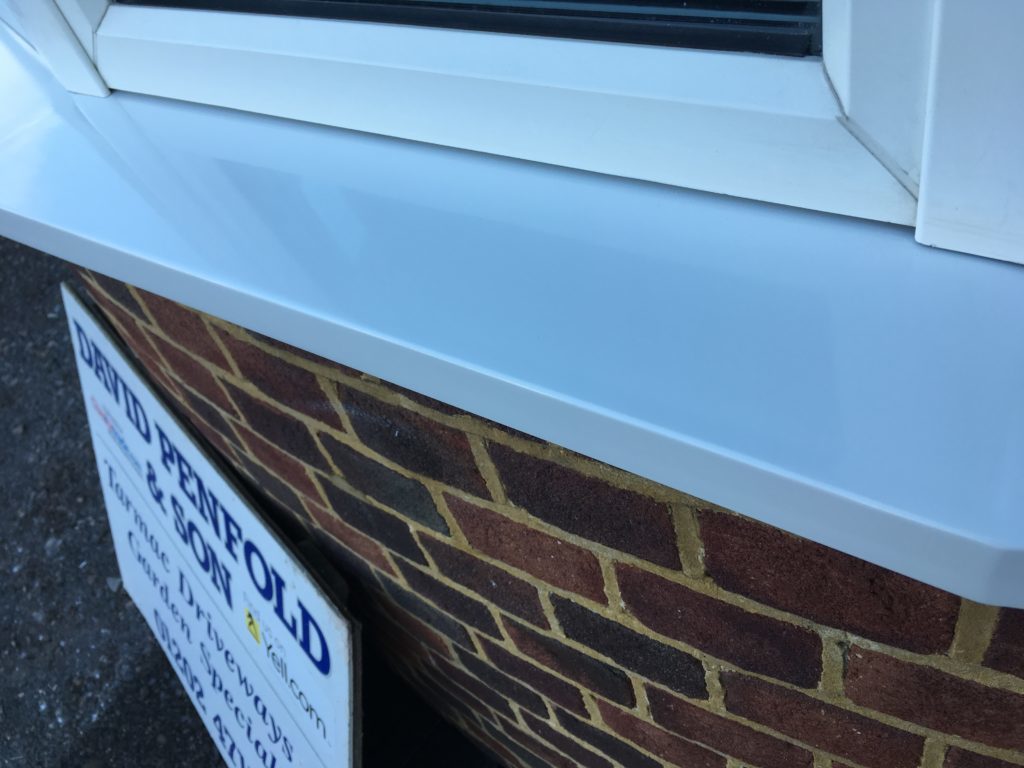
Gary Danson, operations director at Plastic Surgeon, discusses the rise of modular construction and advantages of repair rather than replacement
A modular approach to construction is becoming increasingly common across the industry. There are many reasons for this, but one of the primary drivers is sustainability.
Contractors are increasingly obliged to take the environmental impact into account when delivering on projects, something that’s driven by government expectations and amplified public scrutiny.
For those operating on public funded projects in particular, a sustainable approach is all the more important as they’re expected to lead the way in promoting environmentally friendly ways of working.
The construction industry is one of the largest consumers of raw materials, and a huge contributor to greenhouse gas emissions, so it’s no surprise that its sustainability is under increasing evaluation. The modular approach, where building components are created and turned into modules within a factory setting before being transported to site, provides a greener way of working.
This is because prefabricated materials tend to use a lot less energy in their creation as well as allowing for fewer mistakes, thanks to the controlled environment in which they’re constructed. Taking this over a prolonged period, construction firms could potentially benefit from large energy savings, with energy consumption considerably reduced during this production process.
Opting for prefabrication as a preference also has material longevity benefits. With the government now starting to enforce regulations surrounding the lifespan of buildings, it means many will have to be removed once their recommended lifespan has expired. The materials used during modular construction (pre-fabrication) are easier to retrieve and re-use than standard building materials, which means in the future, the wider industry (and not to mention society in general) will benefit from a sustainability boost.
Another element that’s greatly enhanced by a modular approach is the speed of construction, which has the added benefit of minimising disruption to nearby businesses and residents. This approach can be especially beneficial for creating accommodation in record time. Recent construction examples have seen the implementation of modules that resemble shipping containers. These have already been fully kitted out with a kitchen, bathroom and the necessary electrics and light fittings, which means they simply have to be slotted into place.
The process involves transporting the modules to site via lorry and then using a tower crane to lift them into position – something that can take as little as ten minutes per module. In these instances, project timeframes can be as much as half that of a concrete or steel-framed equivalent.
So, with the modular approach well established, how does repair fit into this? Although modular buildings are easier to construct and easier to retrieve once the lifespan has been maxed, simply replacing damaged items within modular units is a tougher prospect.
Given that the modular approach often sees construction occur in factories that are potentially hundreds of miles away from the eventual site, it’s no simple process to simply rip out an item and replace it. A much more sustainable and cost effective approach would see a repair specialist called in to fix any damage. And despite contractors taking care to protect modules en route to their destination, damage can often occur in transit regardless, meaning a repair specialist is the most effective alternative to replacement.
Thanks to the flexibility of repair, it also helps to ensure projects stick to the anticipated timeframe and meet the requisite deadlines. Replacement can lead to delays through the need to wait for appropriate replacement parts/products to arrive on site. A repair specialist on the other hand, can be on site and conducting multiple repairs at comparatively short notice, with the added benefit of their being minimal disruption to wider goings on. The trend towards modular construction is set to continue apace, and it’s something that repair is set to play an ever-growing role in supporting.











